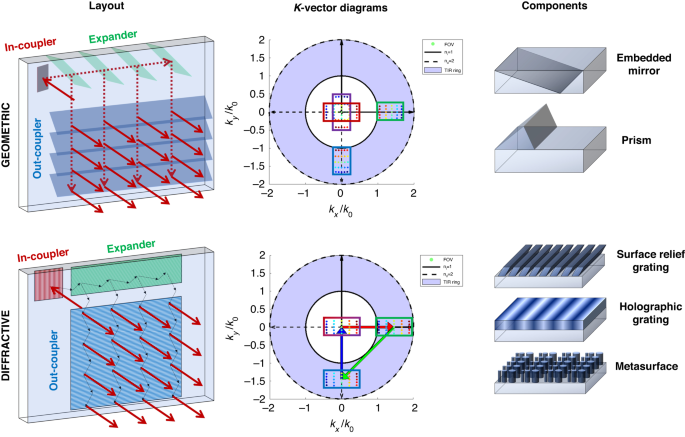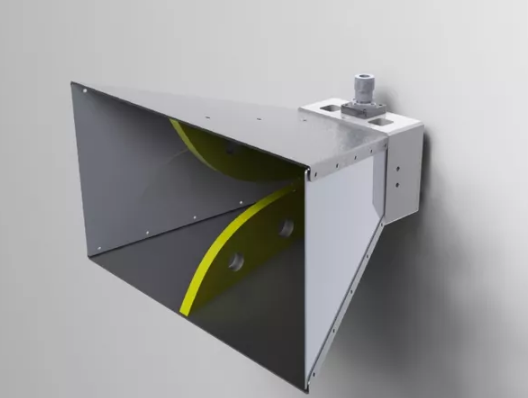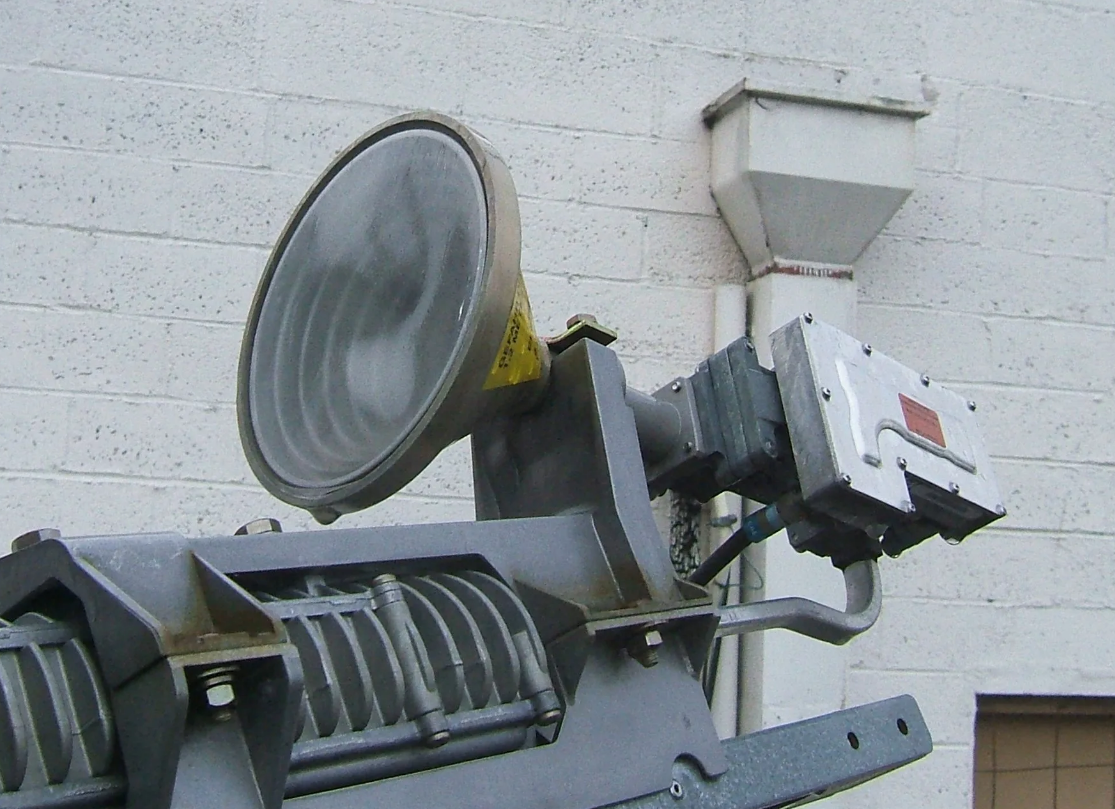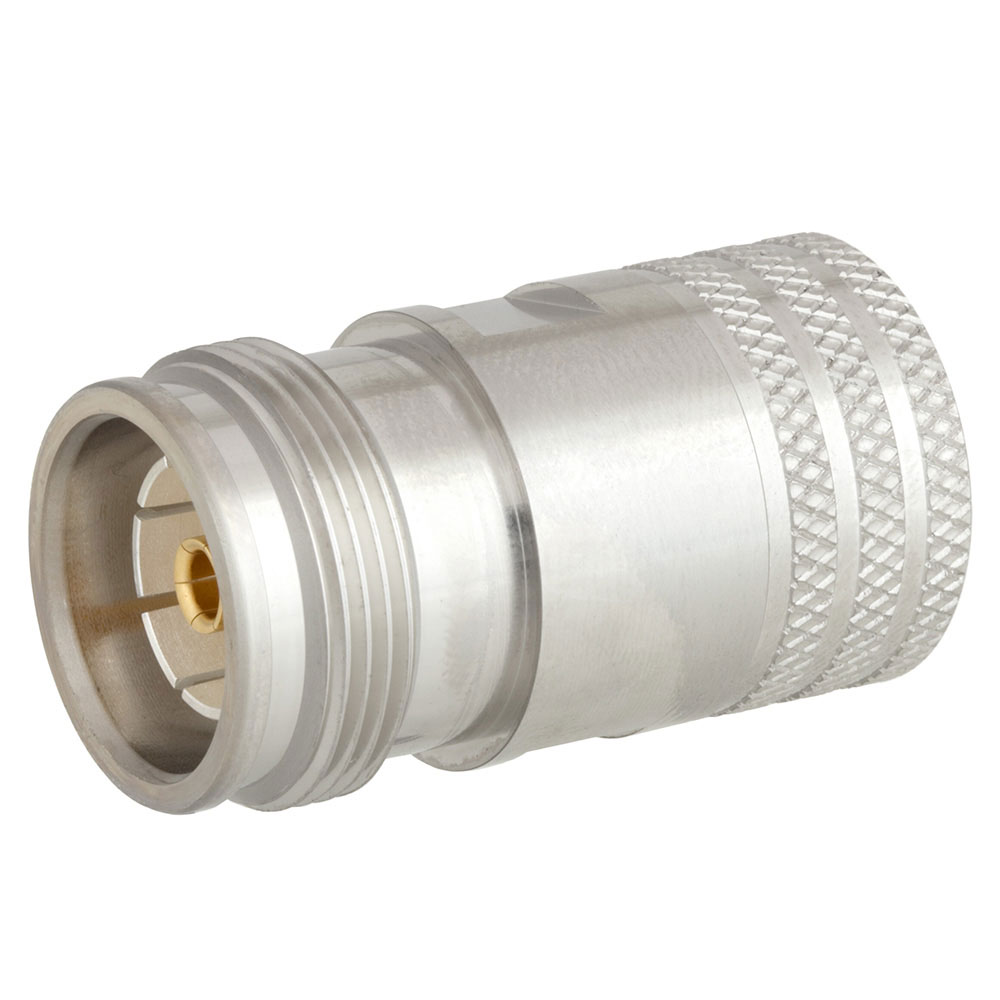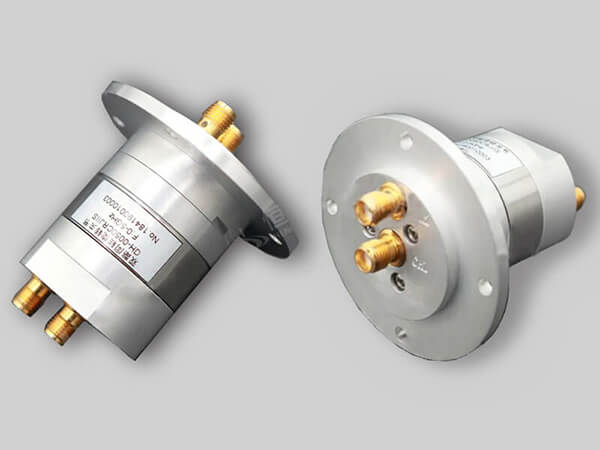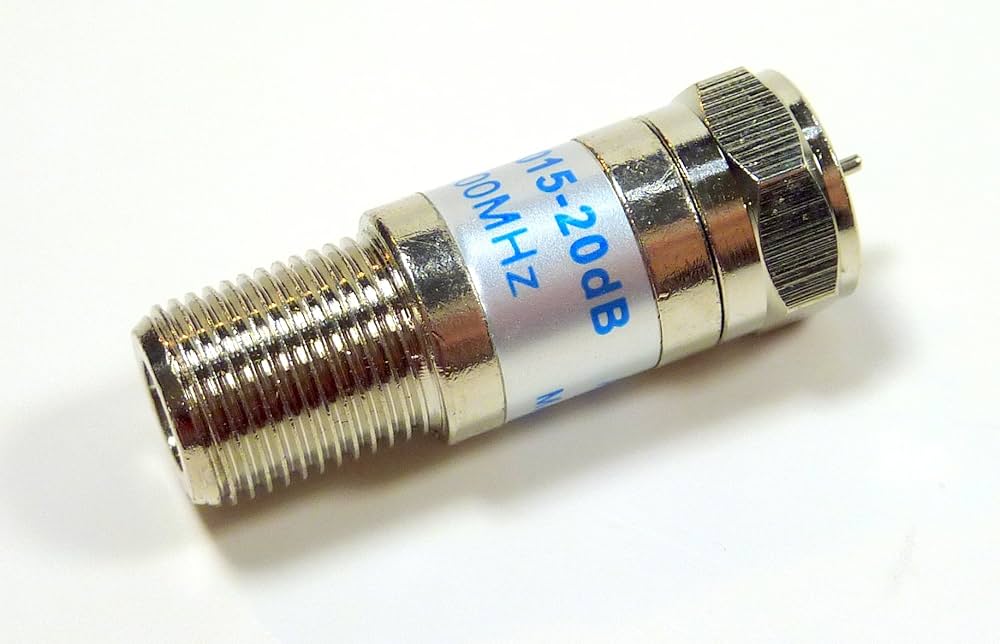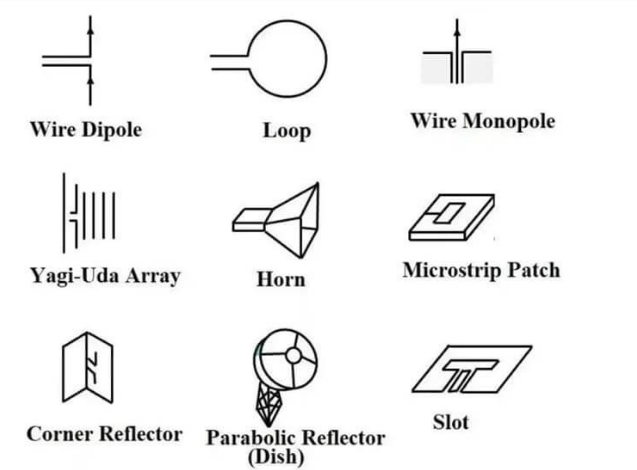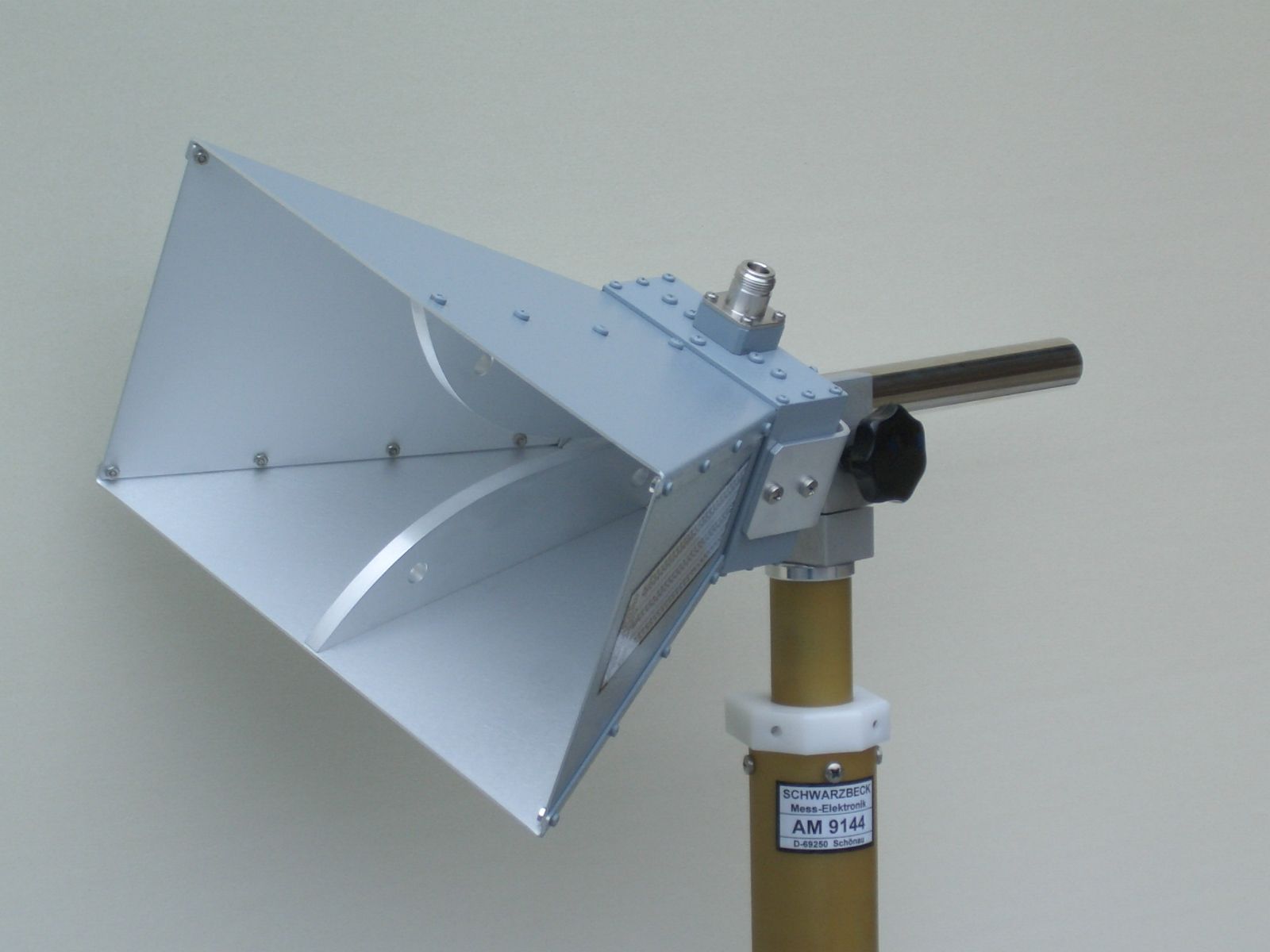What is the functionality of waveguide combiners
Waveguide combiners efficiently merge multiple signals, enhancing output power for applications like radar and telecommunications. For example, combining four 20-watt signals can yield a total output of 80 watts, improving detection range in radar systems by 20%. They minimize crosstalk to below -50 dB, ensuring signal integrity and clarity across various high-frequency applications. Signal Combination […]
What is the functionality of waveguide combiners Read More »

